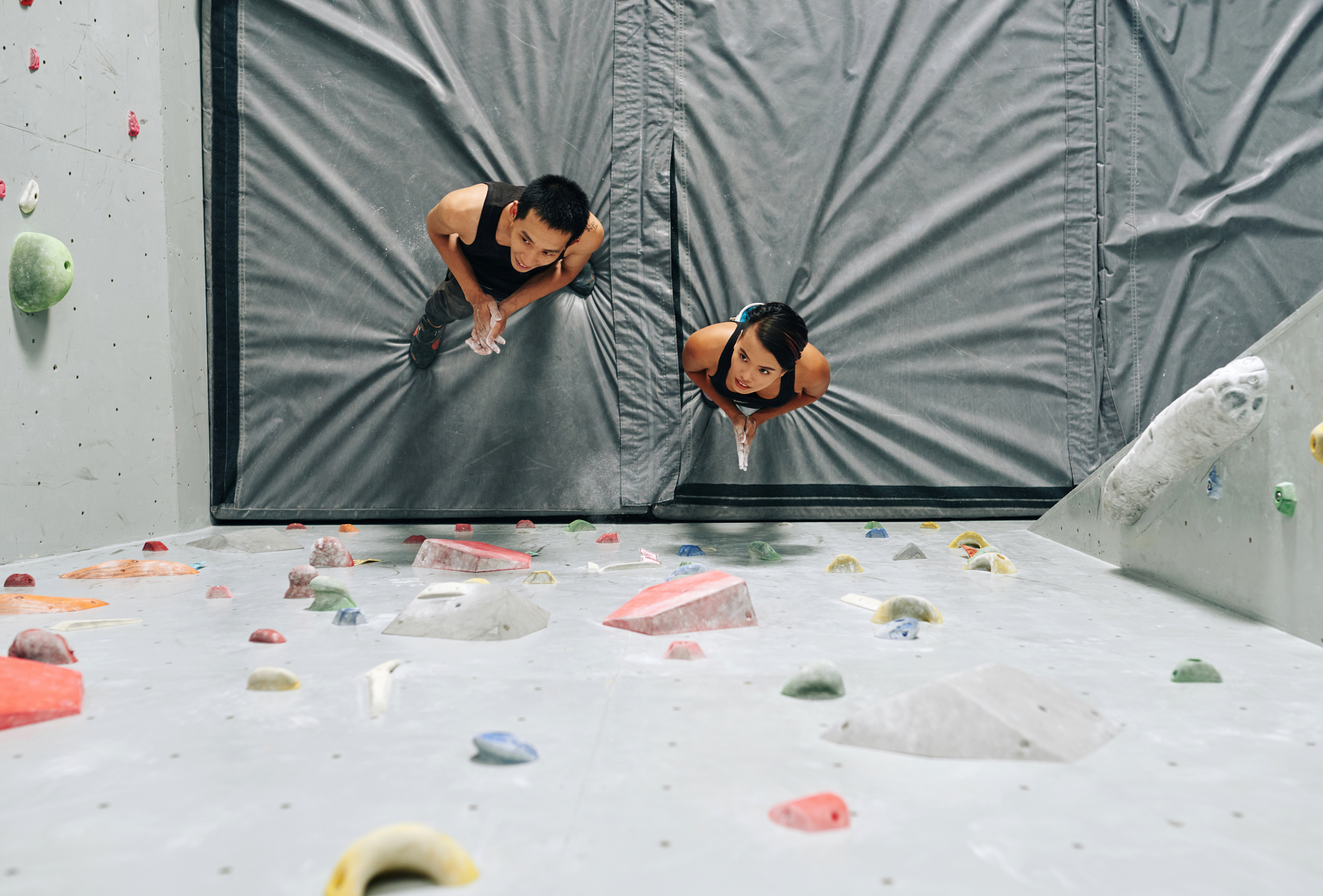If you’ve ever seen a picture of mountain climbers or rock climbers, you might have noticed those thin strips on their fingers. No, they’re not just there for fun. Climbing tape is an important piece of gear that climbers use for two purposes.
First, the climbing tape helps protect the skin on their hands and fingers against the rough climbing surface.
Second, the tape can provide support for injured muscles and tendons or prevent future injuries.
The taping method will determine how the tape helps the climber.
Let’s find out how climbing tape works as either a cushion, support, or both.
How Climbing Injuries Happen
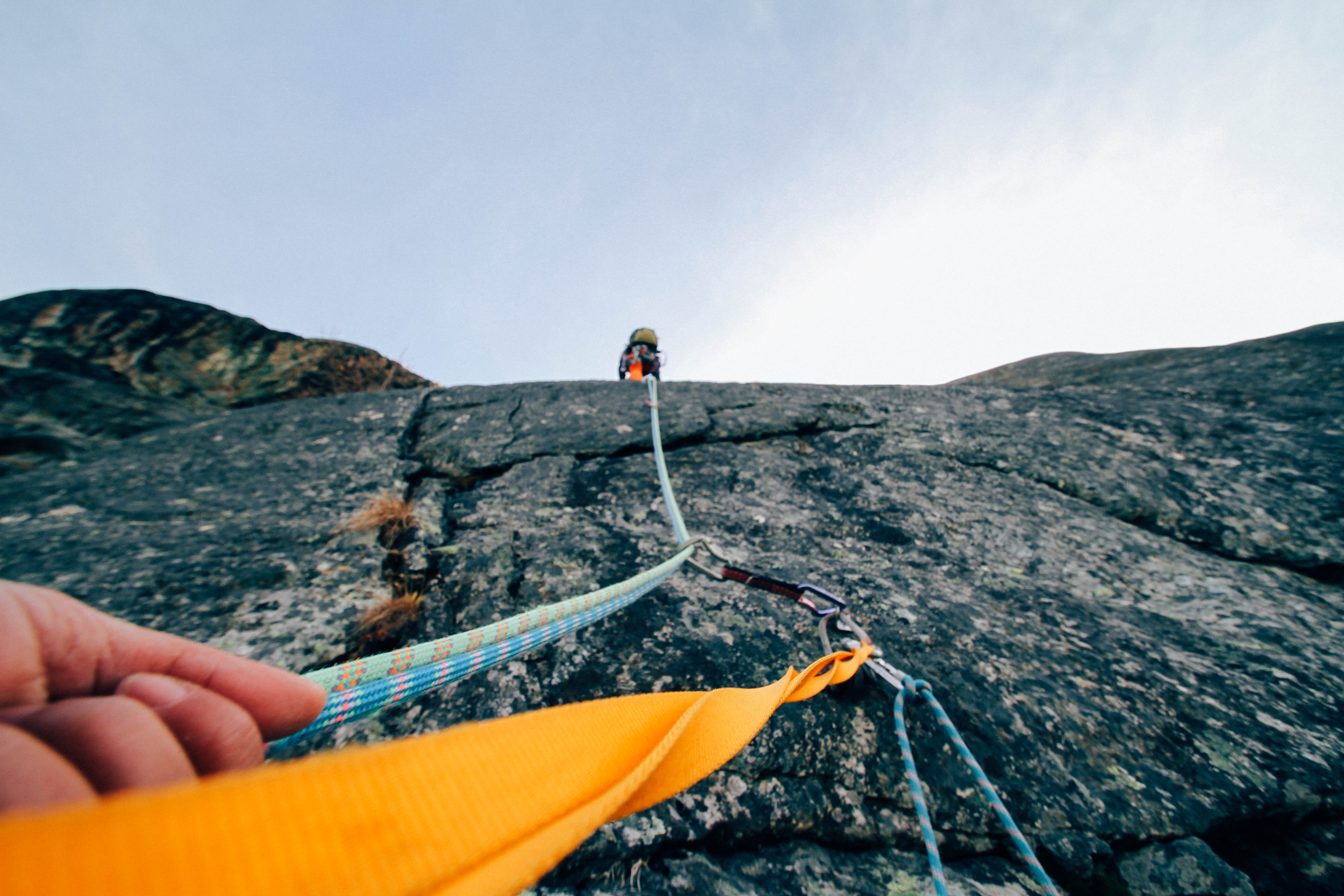
Climbers regularly experience wounds on their hands, particularly on the thin skin of their fingers. This is due to the repeated friction between their skin and the climbing surface especially if the climber uses crimp grips.
It is common to see climbers with raw, scraped, or even torn skin on their hands after a climbing session. Using climbing tape can help prevent hand wounds by providing an extra layer of cushioning.
After skin wounds on their hands, the most common injury that climbers experience is a pulley injury.
A pulley injury occurs when the tendons in the hands and fingers experience extreme strain during a climb. The pressure can overload the capacity of the tendons, causing them to tear or even blow out completely. As with skin wounds, pulley injuries are typical in climbers who regularly use crimp grips.
You’ll know when you experience a pulley injury if you hear a cracking or popping sound coming from your finger, followed by extreme pain. A pulley injury can cause swelling to the point where you won’t be able to curl your fingers.
It is important to note that climbing tape should only be used to prevent pulley injuries. It is not recommended for climbers to use climbing tape after a pulley injury has occurred. The only way to recover from a pulley injury is through rest.
Yes, it can be hard to stay away from climbing after getting injured, but don’t be fooled by the false sense of security you can get from using climbing tape. If you climb too early, you risk injuring your hands even further. A severe pulley injury can require surgery to correct.
Choosing the Right Kind of Tape
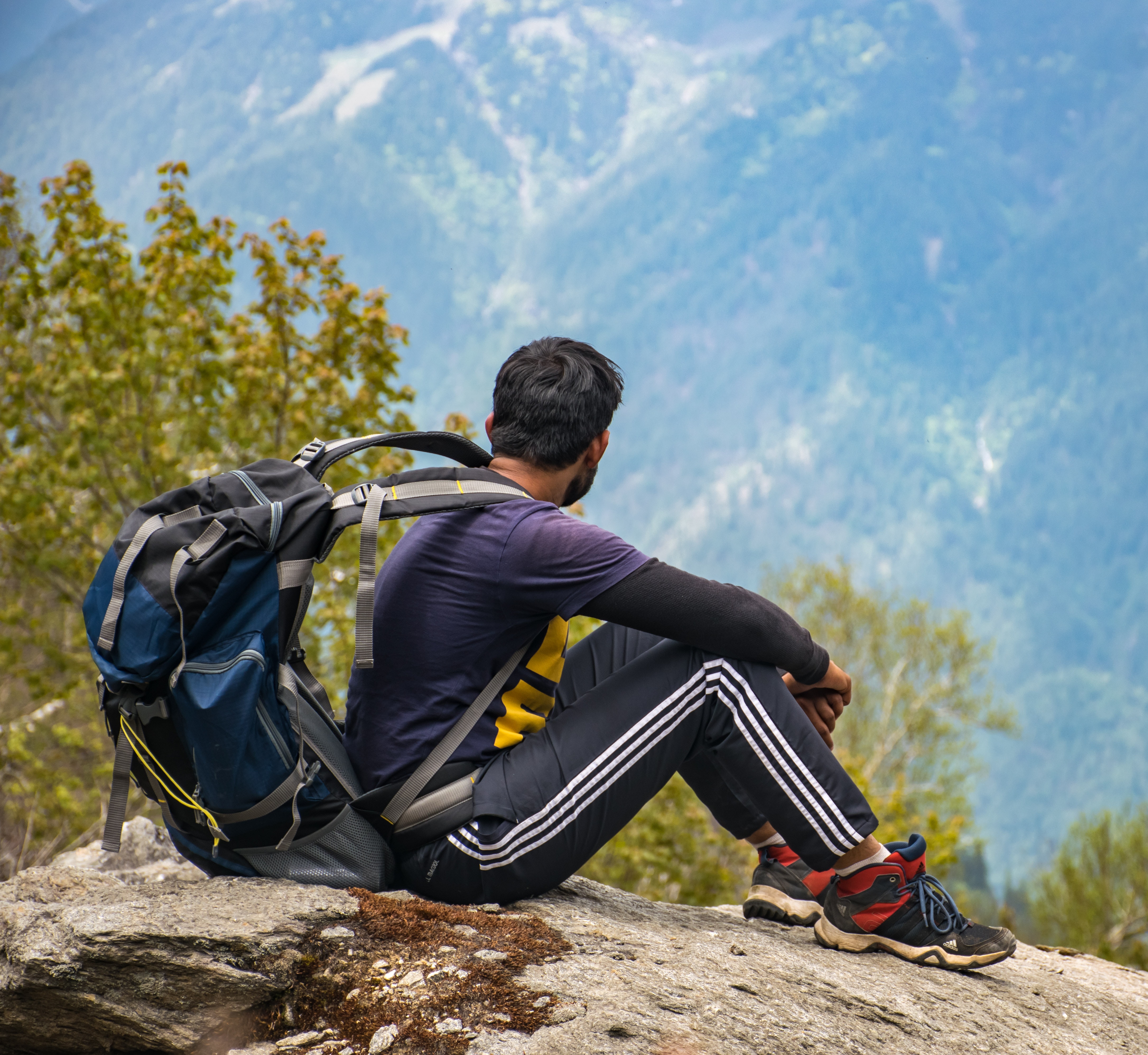
Choosing the right kind of tape is important; you can’t just use a generic athletic tape for climbing.
Climbing tape should be very sticky and stiff. You’ll notice that, unlike regular athletic tape, a good climbing tape is not stretchy and sticks firmly to the skin even if the skin is sweaty. Climbing tape can come in a variety of materials, such as cotton, latex rubber, or a polyester-cotton blend.
Finding the right brand of climbing tape will take some trial and error. You will likely try out a few different types before finding the best climbing tape for your needs.
How to use Climbing Tape
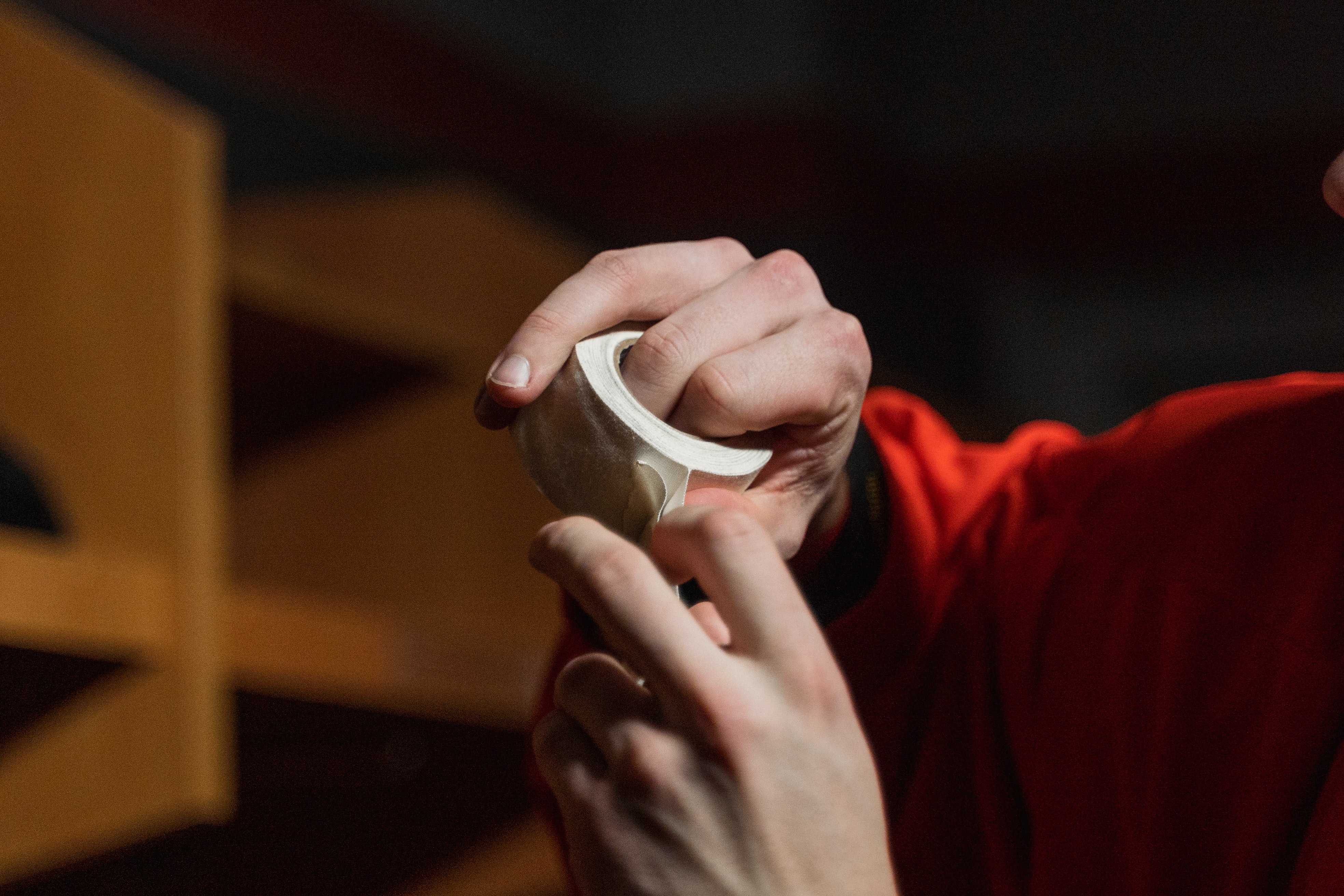
For skin wounds, place the tape on the back of the wounded finger. Wrap the abrasion by firmly placing the tape on top of the wound. Finally, create an anchor by sticking the tape to the closest joint.
Before taping up skin wounds, make sure that the area is as clean and dry as possible. If the skin covering is still attached to the wound, it is best to remove the skin first to allow the wound to heal cleanly. Use a sterilized nail cutter to remove the skin before taping over the wound.
If you’re using climbing tape to prevent tendon injuries, there are three taping methods you can use:
- Ring Method - the easiest taping method. Bend your finger slightly and lay the tape over the first finger joint. Wrap the tape around your finger like a ring, making sure to add a little tension for support. Overlap the tape at least two times and create an anchor point on the joint. You should feel the tape supporting your finger when you do a crimp.
- X Method - the X method supports both the first and second joint on your finger. Start by wrapping the tape around the first joint in a full pass, then wrap it around your finger moving up to the second joint. Wrap the tape around the second joint, then move it back down to the area behind the first joint. Create the anchor by completing another pass around the first joint. You’ll notice that the tape has formed an “x” on your finger.
- H method - the H method, also called the shuffle method, is the newest method of taping. It modifies the “X” method as you will need to finish the structure before you place the tape on your fingers. To create an “H” tape, rip a piece of tape down the middle and place one on top of the other to create an “X” shape. Next, place the tape on your finger, making sure to apply the bridge of the tape to the middle of your joints. Tighten the arms of the tape around your joints, and cover the whole “X” with a second layer of climbing tape.
If you need more help with how to place climbing tape on your fingers, check out this great guide: https://youtu.be/4S0-e90yp4c
Should You Always Use Climbing Tape?
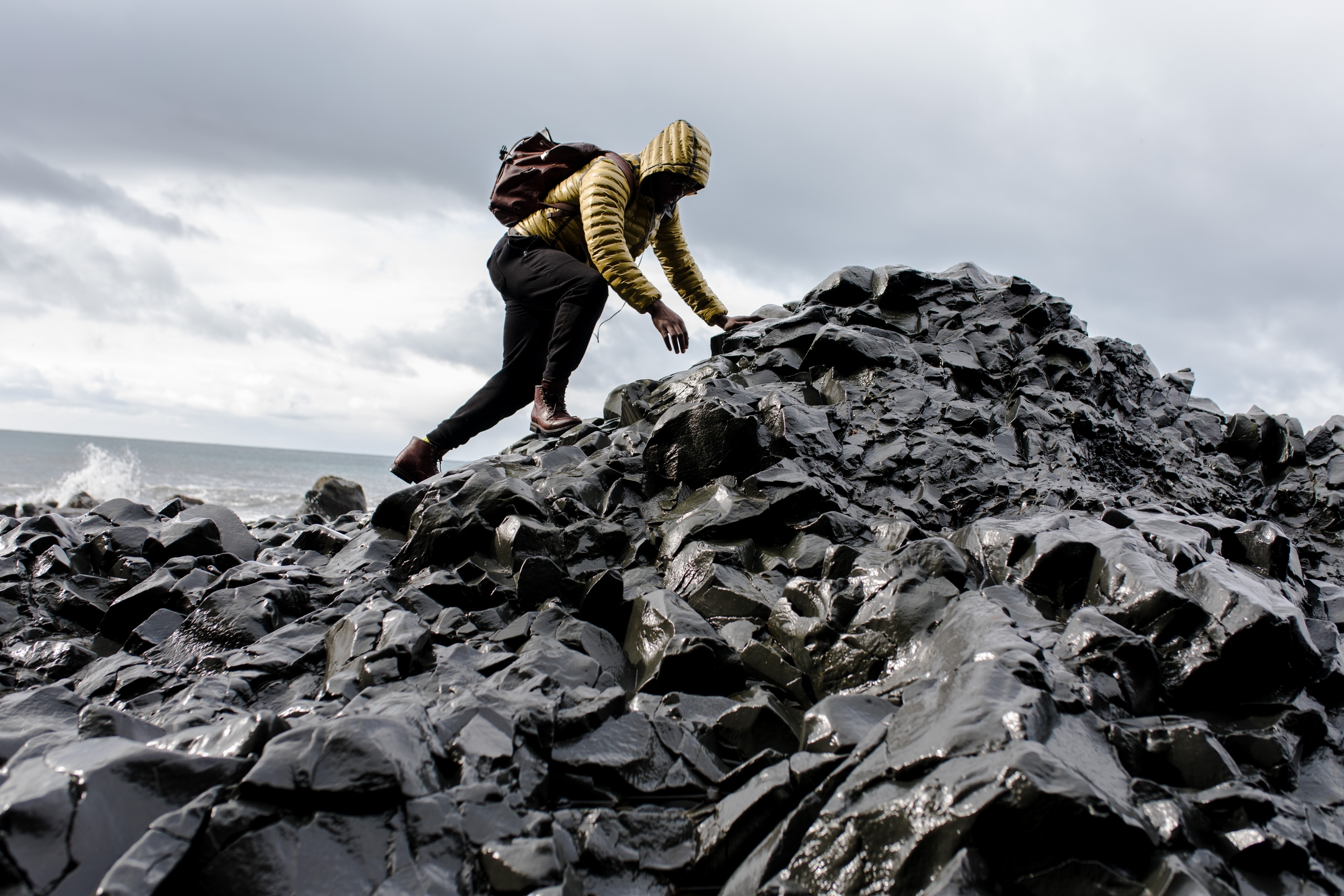
Alright, time for the million-dollar question: should you always use climbing tape to protect your fingers?
Surprisingly, the answer is both yes and no.
Yes, if you’re using tape to prevent pulley injuries. Using climbing tape provides support to the tendons of the fingers. So if you use crimp grips regularly, using climbing tape should be part of your climbing routine.
However, there is one major downside to using climbing tape.
If you’re using climbing tape more for protecting your skin, you’re not allowing your skin to acclimate.
Let’s be real: climbing is a demanding support. It’s especially rough on your hands in the beginning. Over time, however, your skin will toughen up…if you let it. And the only way to do that is by skipping climbing tape when you can.
If your skin is raw and torn, you can use climbing tape to protect the skin if you’re scheduled for another climb. Otherwise, it’s best to let the skin heal naturally.
Conclusion
Now you know how climbing tape works and whether it’s right for you!
Whether you love rock climbing, mountain climbing, or wall climbing, it never hurts to have a roll of climbing tape on hand. That way, you can easily tape your hands when you need it.
Of course, you might not need to use climbing tape every time you climb. Just listen to your body and you’ll figure out what works for you.
Happy climbing!





